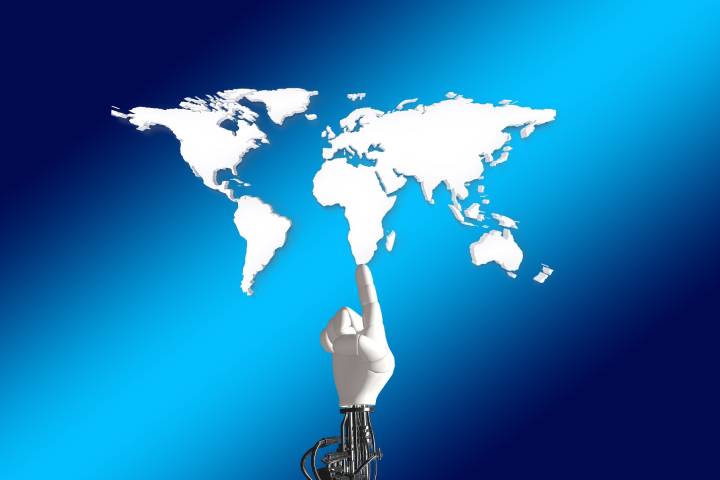The RPA stands for ‘Robotic Process Automation. It is a disruptive technology that allows you to configure software or bots that simulate the actions carried out by humans to automate processes. This allows increasing the productivity in the companies, reducing to the maximum the human intervention.
In this way, RPA can reproduce human actions and integrate them into digital systems. This technology can be implemented in different departments within a company, drastically changing its operation, with the sole objective of eliminating the time invested in repetitive tasks and reducing errors.
The RPA is made up of an automation system that reproduces the activities of a professional. Thus, the company has the opportunity to eliminate work overload and overstaffing.
Table of Contents
How does RPA work?
RPAs use bots, that is, software solutions controlled by computer code capable of executing programmed actions and learning new functions. These bots are capable of imitating almost all human actions, such as:
- Login to mobile applications;
- Move files and folders;
- Copy and paste data;
- Complete forms;
- Multi-system connection;
- Extract data from documents;
- Read and write to databases;
- Automatic replies to emails;
- Perform calculations;
- Collection of data from the web;
- Compilation of social media statistics.
RPA bots use the user interface to collect data and manipulate applications, just like humans. They interpret, respond, and communicate with other systems to perform various simple and repetitive tasks.
However, the goal of RPA is not to replace information systems but to improve them. The great advantage of this technology is the possibility of adapting the software to changing situations. This allows the bot to take new actions and communicate automatically.
Also Read: RPA For Financial Management Of The Company
What Are The Advantages Of RPA?
In addition to automating routine processes, one of the greatest benefits of RPA is that it offers greater efficiency and eliminates the margin for error, thus reducing operating costs.
Here are some other advantages of RPA technology:
Greater Precision
Manual and repetitive tasks have a higher probability of error, but with task automation, the risk decreases, and the precision increases.
Optimization of Processes
The use of RPA streamlines and simplifies processes. Repetitive tasks, such as filling out forms, collecting data or statistics, or even submitting automatic responses, can be optimized using RPA. As a result, interactions become simpler and faster, and the service is much more efficient.
More Productive Employees
The automation of tasks also reduces the workload of employees, optimizing time and resources. In addition, by simplifying processes, the work routine becomes much more efficient and more active. The fewer processes employees have to worry about, the more time they have to focus on more complex tasks with greater value.
Technology On The Rise
According to Gartner, RPA is growing rapidly – 20-30% every quarter. For this reason, companies must be aware of the importance of this technology for their growth and know-how to get the most out of it to face the digital transformation.

